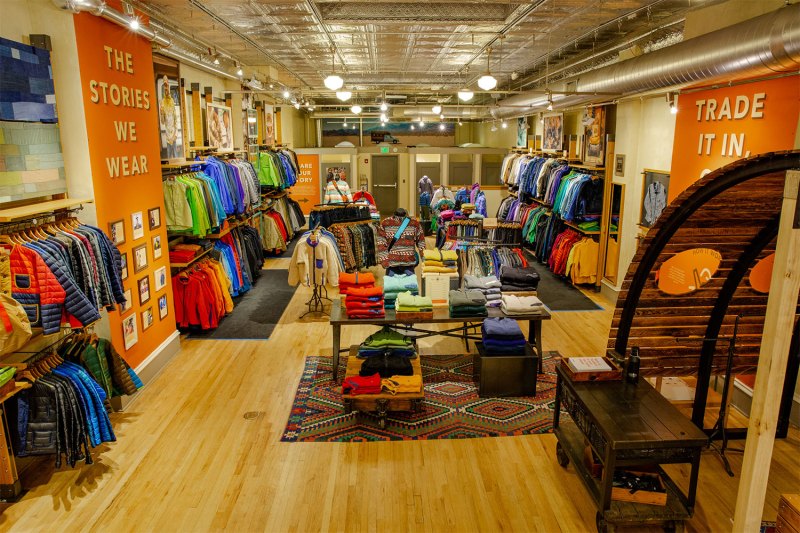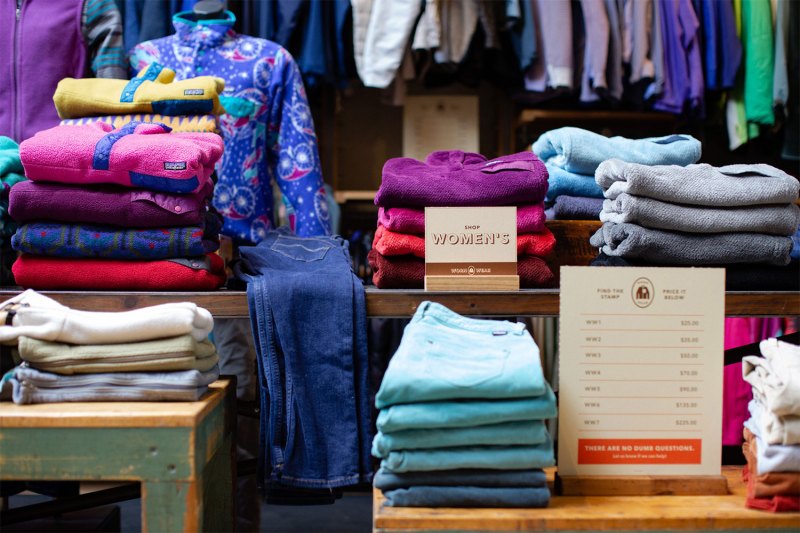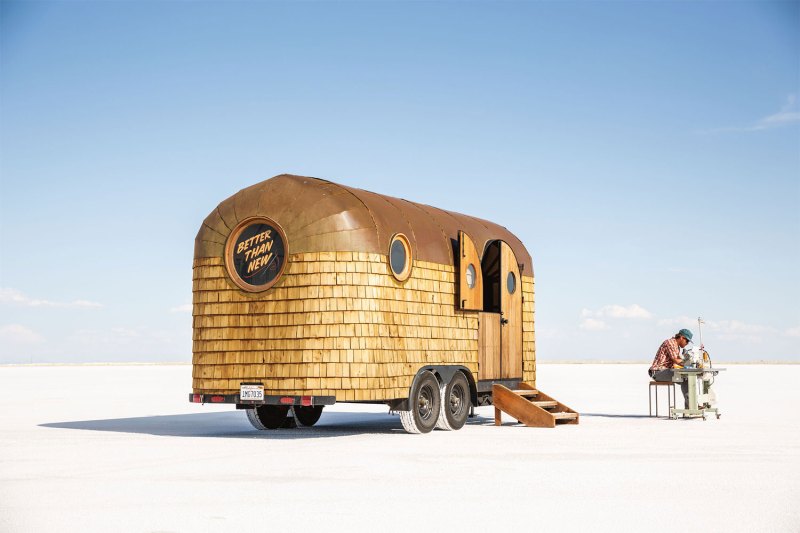If you follow Patagonia’s blog The Cleanest Line, you’re aware of the brand’s ongoing endeavor to improve its already pristine gear catalogue so that it leaves the smallest possible environmental footprint. But aside from a few design-related posts here and there, one of the company’s most impressive venues has slipped under the radar. If this is your first time hearing of it, we are proud to introduce you to Worn Wear. This gear recycling program is Patagonia’s initiative to extend the life of its products, reducing their impact on the environment.

In keeping with brand founder Yvon Chouinard’s words, “The best jacket for our planet is one that already exists,” Patagonia’s business model has included repair and recycling since the 1970s. Only diehard gear heads may be aware that Patagonia runs North America’s largest apparel repair center. Located in Reno, Nevada, the shop is supported by more than 70 other repair centers around the world, allowing Patagonia to repair more than 100,000 items each year. They also run a number of mobile repair stations, which travel around North America to offer low-cost garment fixes to ski bums, rock jocks, bromandos, and weekend dirtbags of every walk of life. (Fun fact: These mobile repair techs will fix anything brought to them, not just Patagonia wear.)
We think that’s all pretty dope, but even doper is the Worn Wear collection, which Patagonia is using to upend the fast-fashion industry that is filling up landfills, leaching chemicals into the ground, and contributing heavily to carbon emissions.

In 2017, Patagonia launched Worn Wear online, a resale business in which Patagonia offers store credit in exchange for getting back its own products in decent condition. These products are then repaired, buffed up, and resold on the site. So far, Worn Wear has sold more than 120,000 repurposed Patagonia items. (Though by the time of this publication, it’s likely to be even more.)

Shortly after launching the program, Patagonia did it one better. Along with taking back products in reasonably good shape, they began collecting busted — excuse us, well-loved — Patagonia gear and repurposing it into new items. As of 2019, the Recrafted line available on Worn Wear features jackets, shirts, vests and bags hand-sewn from retired Patagonia products. Aside from the obvious virtue and creative spark embedded in wearing a repurposed garment like this, these recycled items are the ultimate fanboy fodder. Think about it: That vest you’re wearing could be made from the board shorts that followed Rob Machado through the Pipeline greenroom, insulated with the lining from a jacket Jimmy Chin wore while summiting Meru, and finished with details from Caroline Gleich’s favorite fleece. In other words, you’re wearing legendary stories while living your own.

Draping yourself in the gear of legends isn’t the only reason to buy your next Patagonia piece from Worn Wear. Stats show that purchasing a used garment over a new one significantly reduces an individual’s apparel carbon footprint by up to a 60% reduction in CO2.
In today’s overcrowded outdoor apparel market, we think it’s pretty ballsy to encourage consumers to buy less new stuff, in favor of wearing out the stuff they’ve already got and, once it’s busted, replacing it with quality recycled goods. But as usual, Patagonia’s crazy groundbreaking ideas are reshaping the industry. The success of Worn Wear is inspiring other brands to adopt “recommerce,” as the practice is known. Over the past three years, the secondhand clothing market has grown 21 times faster than the overall apparel industry and is expected to reach $51 billion by 2023.
With the global clothing industry on track to generate nearly a quarter of the world’s annual carbon budget by 2050, programs like Worn Wear aren’t just a virtue-signaling gimmick — they’re downright vital to the health of our planet. It used to be you could tell a legit outdoor adventurer by the Patagonia label on their jacket, but going forward, respect will be reserved for the hikers, climbers, bikers, and skiers with the Worn Wear label on their gear.


